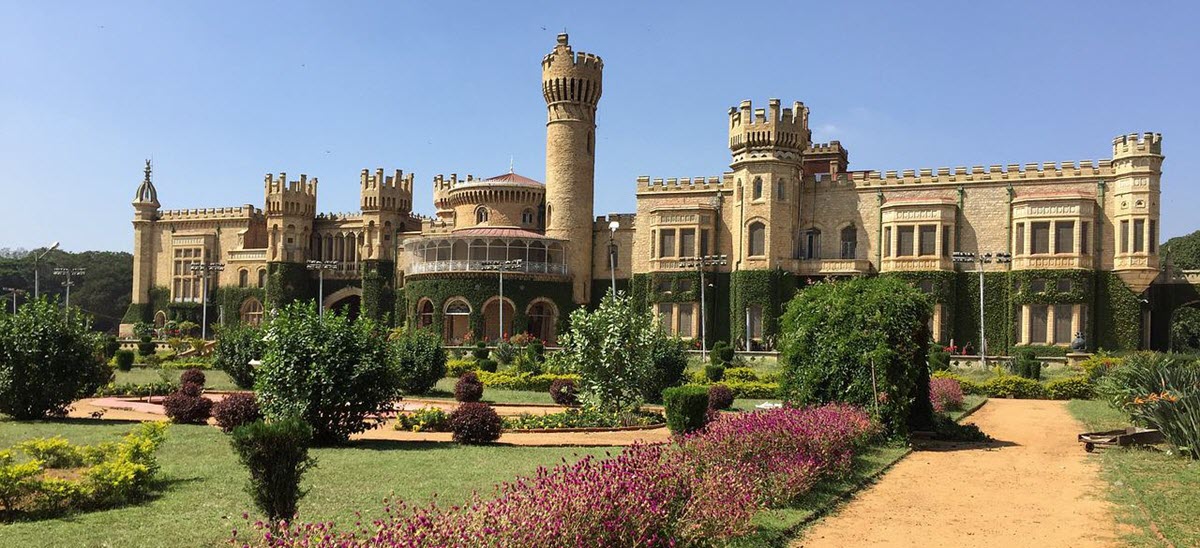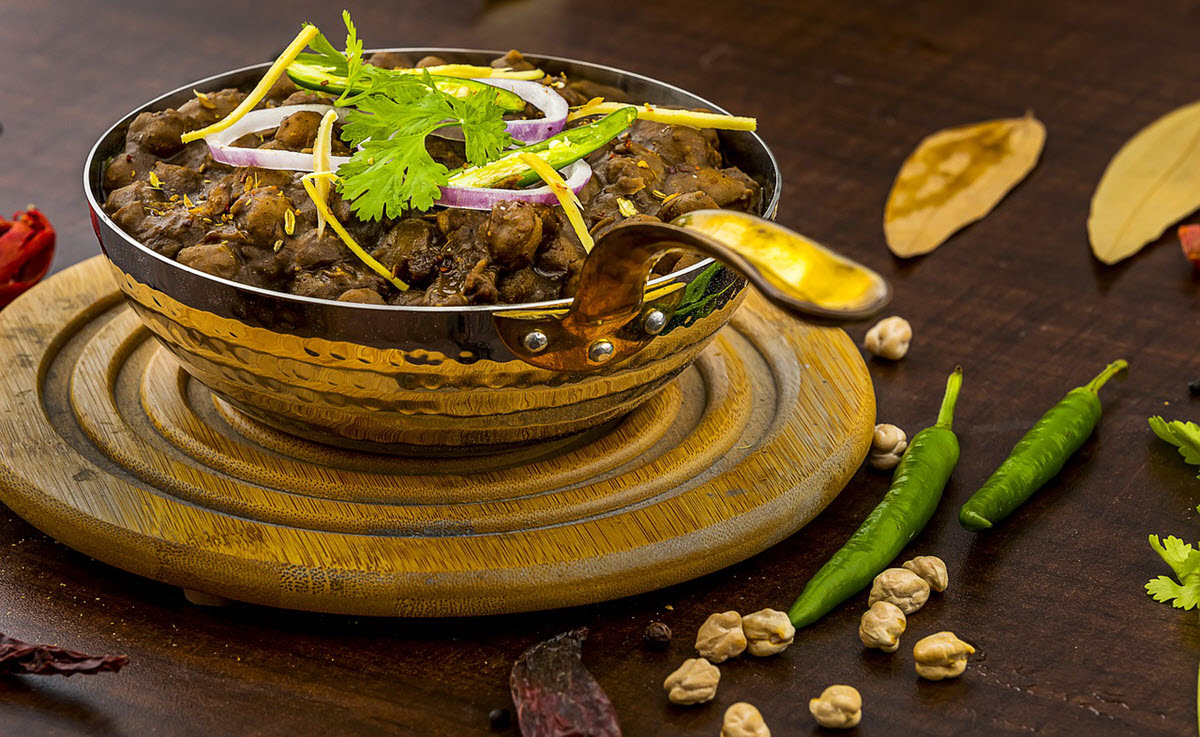Bangalore (Bengalūru) is the capital and largest city of the Indian state of Karnataka. Since 2014, the official name of the city is Bengalūru, as Bangalore is the anglicised version of the city´s name.
Today, Bengalūru has become the “Silicon Valley of India” as many of the nation´s largest IT companies are based here. The city is also known for its many educational and research institutions and is home to several state-owned aerospace and defence organisations.
In the Ease of Living Index 2020, Bengalūru was ranked the most liveable Indian city with a population of over a million. The abundance of greenery has given it the nickname “Garden City”, and the city is renowned for its many parks, botanical gardens and broad plant-lined streets. Examples of popular green spaces are Lalbagh Botanical Garden and the Cubbon Park.
The name Bengalūru comes from the language Kannada, which is the majority and official language in the state of Karnataka. The city derives its name from a village that existed near Kodigehalli. The earliest reference to the name Bengalūru is found in a 9th century stone inscription created during the Western Ganga dynasty.

How many people live in Bengalūru?
An estimated 8.4 million people live in the city, while the total metropolitan population is around 11 million. It is the third most populous city in India, after Mumbai and Delhi.
Roughly 10% of Bengalūru´s population live in slums, which might sound high but is a far fetch from the approximately 50% living in slums in Mumbai and Delhi.
Festivals and other events
A few examples of major festivals and other events in Bengalūru:
- Bengalūru Karaga, also known as Karaga Shaktyotsava, is one of the oldest festivals in the city. It is a nine-day long celebration of the Hindu Goddess Draupadi, and has strong ties to the Thigala community.
- Large flower shows are held at the Lalbagh Botanical Garden during the week of Republic Day (26 January) and Independence Day (15 August).
- The annual Someshwara Car Festival includes a procession in honour of the idol of the Halasuru Someshwara, a temple dedicated to the Hindu god Shiva. The procession is traditionally led by the Vokkaligas community.
- Karnataka Rajyotsava is a public holiday in Bengalūru. Celebrated on 1 November, it marks the establishment of the State of Karnataka in 1956.
- Ugadi, also known as Samvatsarādi (‘Beginning of the Year’), is the New Year’s Day for the states of Karnataka, Andhra Pradesh, and Telangana. It is celebrated on the first day of the Hindu lunisolar calender month of Chaitra.
- Rama Navami is a Hindu spring festival celebrated on the 9th day of the bright half of Chaitra. It is a birthday celebration for Shree Rama, an avatar of the god Vishnu.
- Ganesh Chaturthi is a Hindu festival celebrating the arrival of Lord Ganesh to earth.
- Eid ul-Fitr is celebrated by Bengalūru´s Muslim population.
- In September, St. Mary´s Basilica is the focal point for St. Mary´s Feast in Bengalūru. This is one of the oldest Christian churches in the city, and the first one in the state to become a basilica. It has its roots in a small thatched hut built in the 1600s by Tamil Christian migrants from Gingee.

Geography and climate
Bangalore is found in the south-eastern par of Karnataka, in the hear of the Mysore Plateau. This plateau is a part of the larger Deccan Plateau.
Bangalore is rather flat city, except for the some parts of western Bangalore which are quite hilly. The highest spot in Bangalore is Vidyaranyapura Doddabettahalli, at an elevation of 962 metres.
Bangalore has a tropical savanna climate with a distinct wet season and dry season. The average elevation for the city is 900 metres above sea level, which makes the climate here comparatively mild, especially compared to cities such as Mumbai which are close to sea level. During the coolest month, which is January, the average low temperature is around 15 degrees C. April is the warmest month, with an average high temperature around 35 degrees C.
Bangalore gets rain from the north-east monsoon and the south-west monsoon. A majority of the rainfall comes in August, September and October, with September being the wettest month of the year. Rain before noon is unusual, as the rainfall tends to happen in the late afternoon and at night.
Weather records:
- The highest temperature recorded in Bangalore was 39.2 °C. It was recorded on 24 April, 2016.
- The lowest temperature recorded in Bangalore was 7.8 °C. It was recorded in January 1884.
- In November 2015, Bangalore got 290.4 mm of rain. This caused severe flooding of parts of the city.
- The heaviest rainfall recorded in a 24-hour period in Bangalore was 179 mm, which fell on 1 October, 1997.
Rivers
No major rivers run through Bangalore, but the Arkavathi and South Pennar rivers runs roughly 60 km north of the city, in the Nandi Hills. There is also the smaller river Vrishabhavathi which arises within Bangalore and flows out to the river Arkavathi.
The river Kaveri provides roughly 80% of Bangalores total water supply, while the rest comes from the Thippagondanahalli and Hesaraghatta reservoirs of the Arkavathi river. Despite receiving around 800 million litres of water a day, Bangalore sometimes faces water shortages, especially in the summer season.